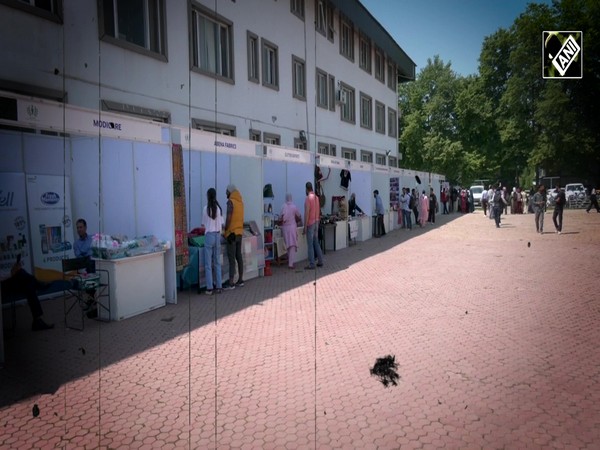
Hate speech on Twitter can predict frequency of real-life hate crimes: Study
Jun 25, 2019
Washington D.C. [USA], Jun 25 : Trolls making hate speeches on social media can be more harmful to society than they seem behind the screens, recent findings suggest.
Researchers have found that cities with a higher incidence of a certain kind of racist tweets reported more actual hate crimes related to race, ethnicity, and national origin.
A New York University research team analyzed the location and linguistic features of 532 million tweets published between 2011 and 2016.
They trained a machine learning model -- one form of artificial intelligence -- to identify and analyze two types of tweets: those that are targeted -- directly espousing discriminatory views -- and those that are self-narrative -- describing or commenting upon discriminatory remarks or acts.
The team compared the prevalence of each type of discriminatory tweet to the number of actual hate crimes reported during that same time period in those same cities.
"We found that more targeted, discriminatory tweets posted in a city related to a higher number of hate crimes. This trend across different types of cities (for example, urban, rural, large, and small) confirms the need to more specifically study how different types of discriminatory speech online may contribute to consequences in the physical world," said Rumi Chunara, one of the lead researchers.
The analysis included cities with a wide range of urbanization, varying degrees of population diversity, and different levels of social media usage. The team limited the dataset to tweets and bias crimes describing or motivated by race, ethnic or national origin-based discrimination.
Hate crimes are categorized and tracked by the Federal Bureau of Investigation, and crimes motivated by race, ethnicity, or national origin represent the largest proportion of hate crimes in the nation. Statistics for sexual orientation crimes were not available in all cities, although the researchers previously studied this form of bias.
The team also identified a set of discriminatory terms and phrases that are commonly used on social media across the country, as well as terms specific to a particular city or region. These insights could prove useful in identifying groups that may be likelier targets of racially motivated crimes and types of discrimination in different places.
While most tweets included in this analysis were generated by actual Twitter users, the team found that an average of 8% of tweets containing targeted discriminatory language was generated by bots.




























